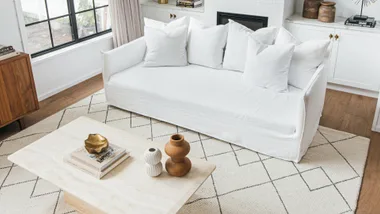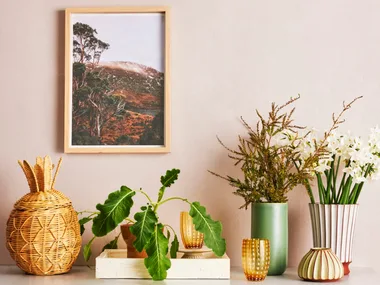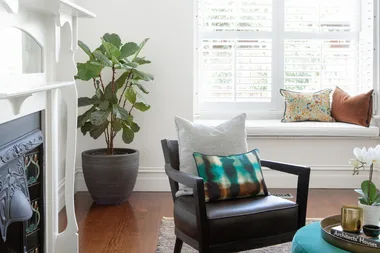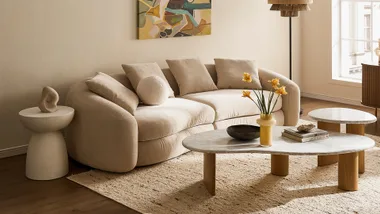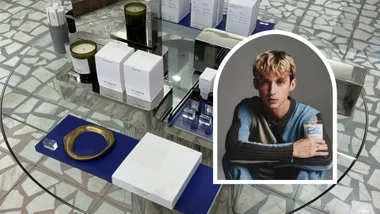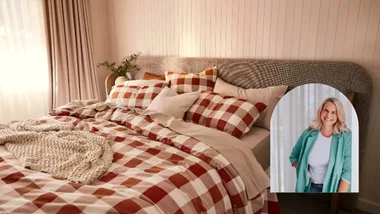Blue… such a simple word for a colour that ranges through myriad hues and tones from the palest of summer skies to the richest ocean depths. The shade you use can help to dictate the mood of the room – pale blues with a hint of grey can appear cool and sophisticated, teal shades that lean towards green have a calming vibe, cobalt gives a summery look and deep blues such as navy can be cocooning.
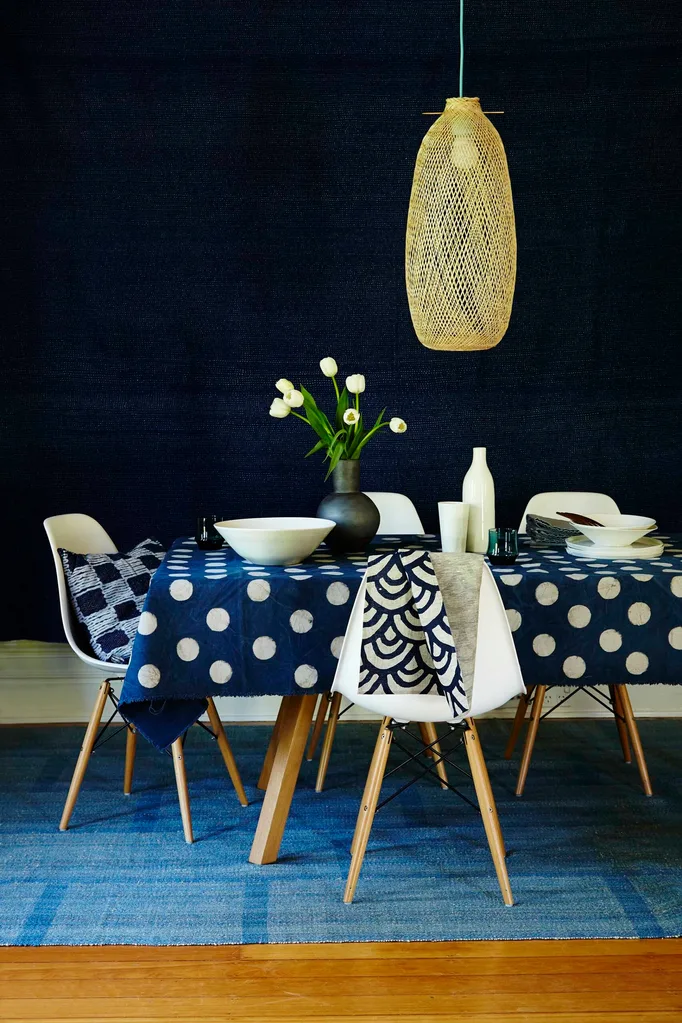
The effect also depends, of course, on what you put with it – not only complementary colours but other textures, too; a saturated deep blue with a tan leather sofa, for example, will give a formal yet inviting sense of a gentleman’s club; pair the same tone with a neutral fabric sofa and you’re moving into classic Hamptons territory. Proportions are important, too. Small touches in a patterned fabric or wallpaper will give quite a different feel to a sweep of colour over a feature wall.

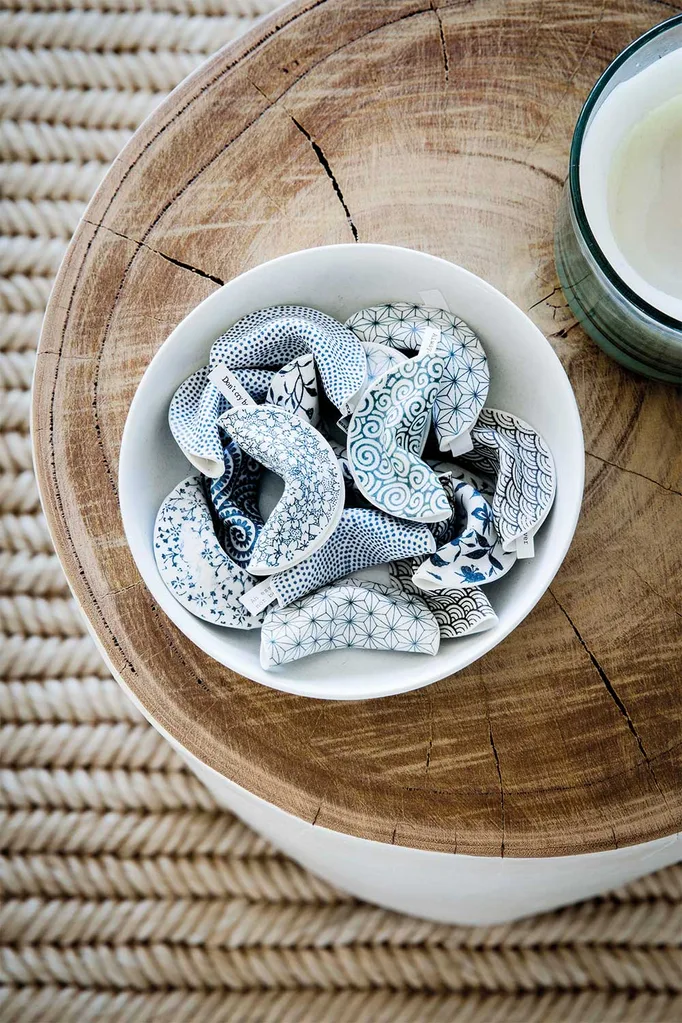
A moodboard is essential for any successful scheme, no matter the base colour. Collect images of rooms you love, paint chips of the colours that appeal to you, clippings of wallpaper or fabrics that catch your eye, and pull them all together. Pretty soon you’ll see a pattern emerging of your favourites. From here you can start to build your look with real finishes, such as the existing flooring or furnishing materials. Unless you’re starting from scratch you’ll need to work around these, but don’t despair; moving a beloved hue just a few shades in one direction or another can magically make it work.

Consider the light effect. Intimate spaces such as bedrooms, reading rooms and studies respond well to darker tones, while lighter tones work well in social spaces. The size of your room will have an effect. As a cool colour, blues are particularly good in smaller zones as they recede, creating the illusion of more space. A large space with plenty of natural light can take swathes of rich colour, but interestingly, so can small spaces with little or no natural light; an unexpected scheme can create drama and personality.
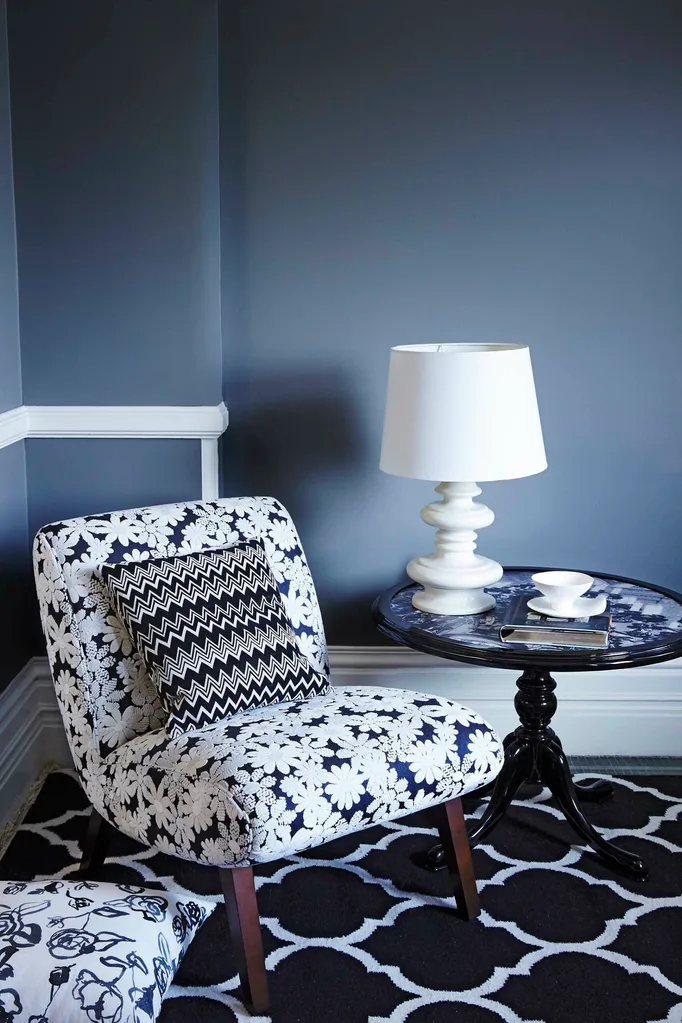
Understand the undertone. All colours have different hues worked in that affect how they actually appear; your clear icy blue, for example, might look sadly stormy or a bit too aqua when set beside other hues or in different lights. The best way to get around this is to invest in a sample pot, paint up a few lengths of lining paper and hang them in different spots around the room you plan to paint. Leave it for a few days, revisiting often at different times of the day and if possible, in various weather conditions. Be aware too that different electric light casts different tones (LEDs have a bluish cast and halogens a yellow one), so check the colour at night, too.
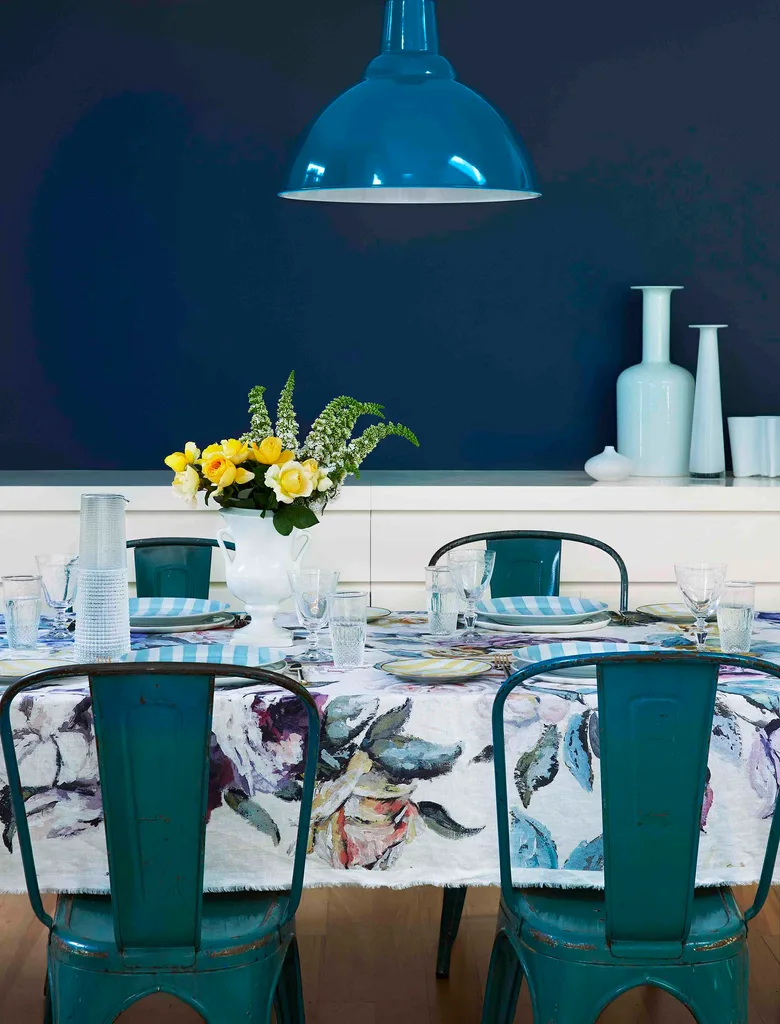
A feature wall in deep cornflower can be an eye-catching contrast to adjacent walls in crisp white; a light-filled room painted in a pale sky shade can be a gentle backdrop to other calm tones and textures, while an all-encompassing ocean hue will deliver drama. If you’re painting all the walls, don’t forget the ceiling; keeping it the same colour gives a cohesive look, and a dense shade will up the theatrical quotient significantly. Consider the effect you want to achieve and plan accordingly.
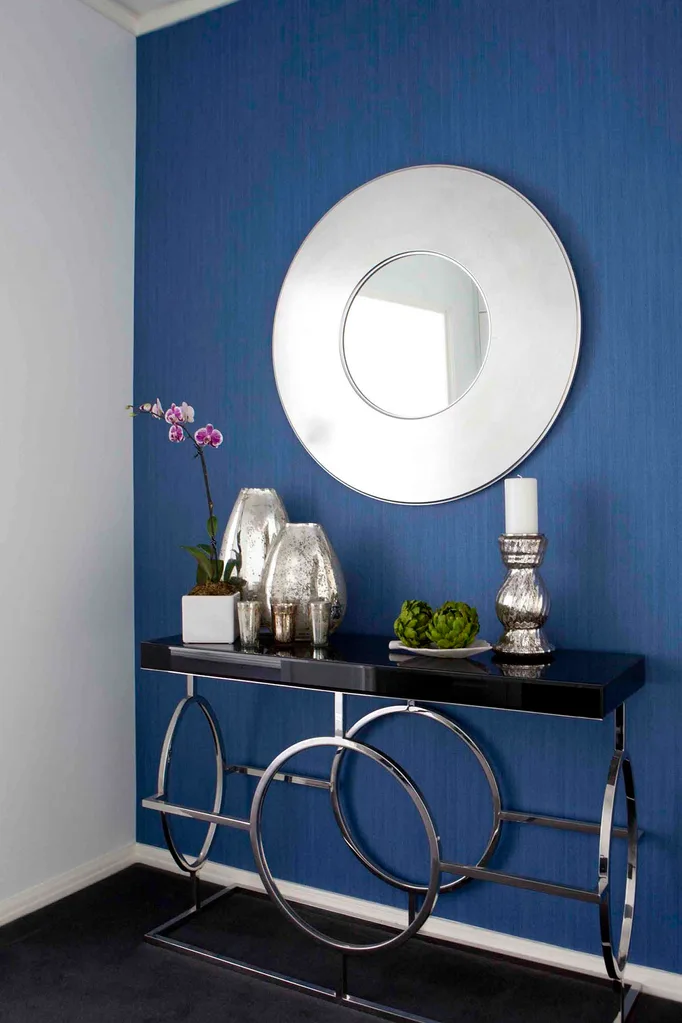
Think big and small. Of course, you can love blue and want to introduce it into your home without necessarily going big with it. Try tiny touches – in a few scatter cushions, a couple of objets, even a vase of hydrangeas. For a more colourful look, introduce bedlinen in cerulean hues or a navy sofa. Any colourful additions will help to give you the confidence to go bigger next time… if you want to!

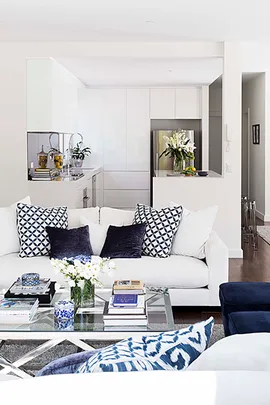 Martina Gemmola
Martina Gemmola
